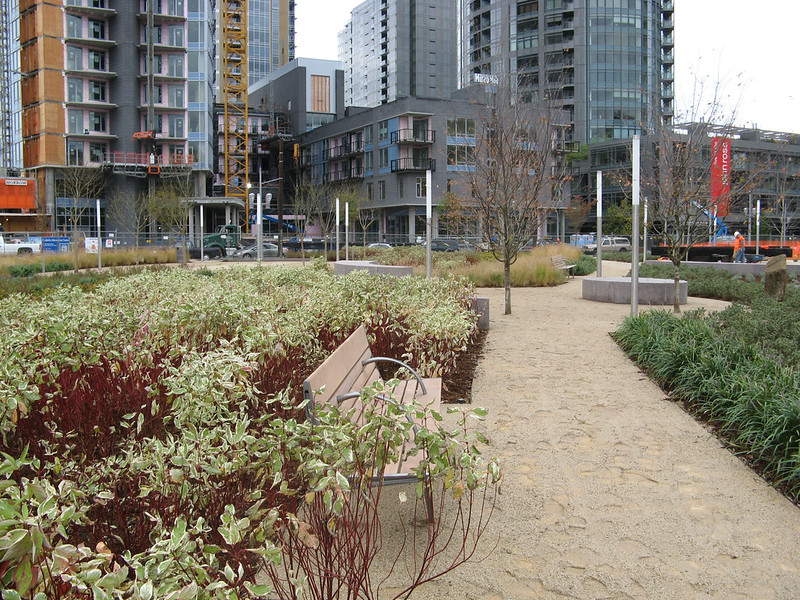In partnership with the U.S. Environmental Protection Agency’s Office of Brownfields and Land Revitalization, Smart Growth America (SGA) created a set of fact sheets that highlight strategies communities can use to help mitigate displacement in the context of brownfields redevelopment. SGA conducted interviews with community groups and municipal leaders from across the country to learn more about strategies to minimize residential and business displacement as well as implementation practices.

With brownfields or contaminated areas going through cleanups and redevelopment, it is crucial to foster equitable revitalization efforts. Brownfields, often located in economically disadvantaged areas or near communities of color, present opportunities for renewal but often do not have the resources to address the gentrification or displacement that comes with renewal. Because of this, if redevelopment does happen, the residents and small businesses that already exist in the area can be left out of the benefits of new development.
Implementing measures that would help combat this requires a multifaceted approach, such as small business support, affordable housing initiatives, and meaningful community engagement. Being aware of displacement threats that come with development and implementing anti-displacement tools provides the opportunity for existing residents and business owners to grow with the revitalization.
Smart Growth America partnered with the EPA to write five factsheets to aid anti-displacement measures for redeveloping brownfield communities: Community Benefits Agreements, Community Land Trusts, Inclusionary Zoning, Small Business Preservation Programs, and Tax Abatements. Depending on the community context, some of these tools will work better than others. These factsheets give multiple options for community leaders to tailor to their communities’ circumstances.
This year, SGA has released two new fact sheets on strategies to minimize displacement.
- Down Payment and Closing Cost Assistance Programs. Down payment assistance (DPA) programs can support first-time homebuyers who qualify for assistance by providing grants, loans, or other incentives to defray the expense of upfront housing costs.
- Weatherization Assistance. Home rehab projects can protect residents from rain, snow, deep freezes, excessive cold, and heat. Weatherization enables households to save money on their monthly energy bills because they do not have to consume as much energy to heat or cool their homes.
As part of our research, SGA interviewed a representative from the Atlanta Neighborhood Development Partnership. We thank them for their contributions to this project.